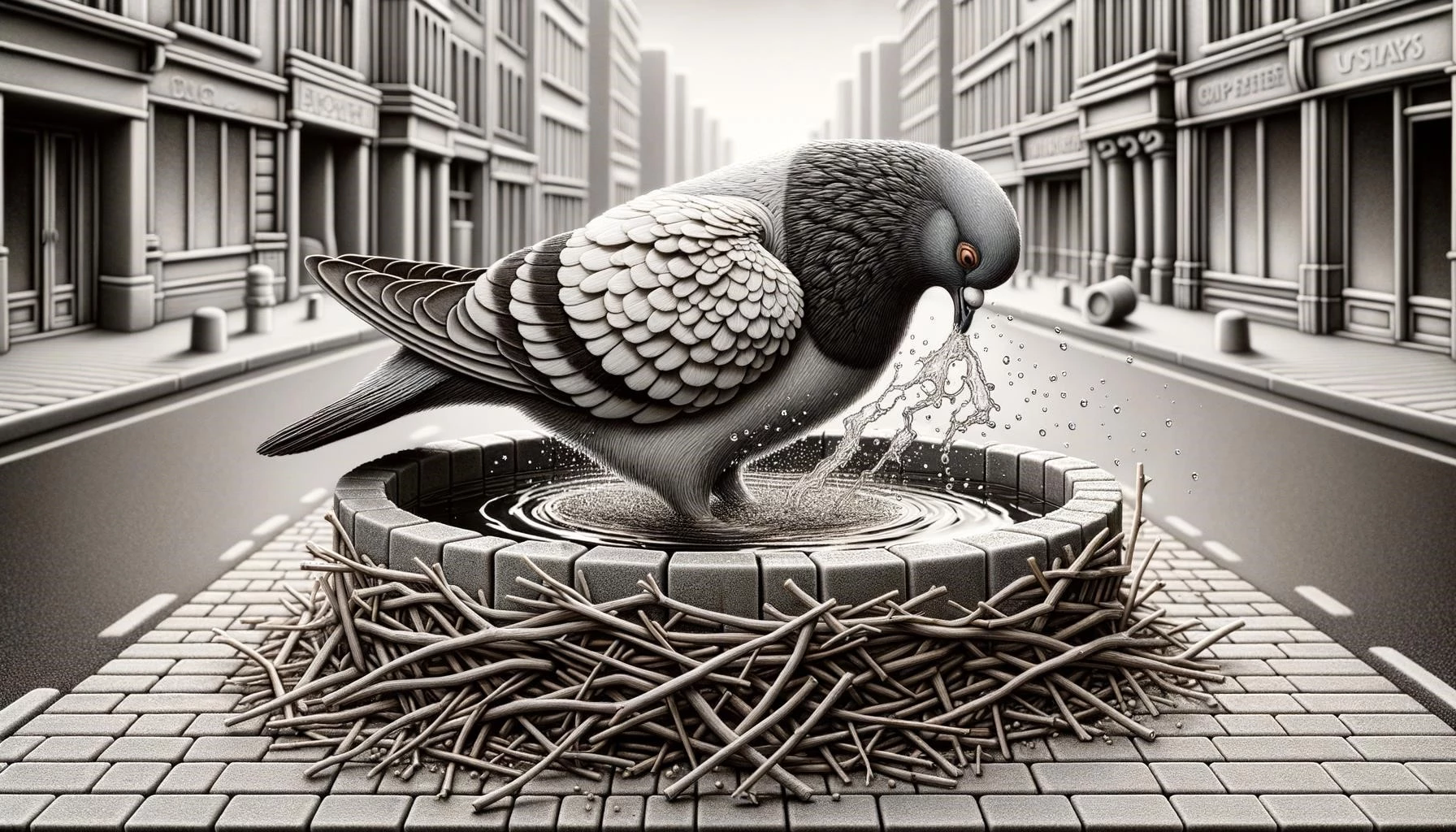Pigeons, like many other animals, exhibit a range of defensive behaviors to protect themselves from perceived threats. These behaviors can be observed in various situations, including interactions with predators, territorial disputes, and protecting their nests and young. Understanding these defensive behaviors can provide insight into the complex social lives of pigeons and how they navigate their environment.
Key Takeaways
- Pigeons exhibit a variety of defensive behaviors to protect themselves from perceived threats.
- These behaviors can be observed in interactions with predators, territorial disputes, and nest defense.
- Common defensive behaviors include puffing up, vocalizations, chasing, and territorial displays.
1. Predator Interactions
Pigeons have to navigate their environments while avoiding predators such as cats, birds of prey, and seagulls. In the presence of predators, pigeons often become more alert and defensive. They may exhibit behaviors such as puffing up their feathers to appear larger, vocalizing loudly to alert other pigeons of the threat, and engaging in aggressive displays to deter the predator.
Predator avoidance is a crucial behavior that helps pigeons maintain stability within their flocks and protect their nests and young from potential dangers. The presence of predators can significantly impact pigeon behavior, causing them to become more vigilant and exhibit defensive behaviors to ensure their survival.
2. Territorial Disputes
Pigeons are known to establish territories within their environment, and territorial disputes can arise between individuals or flocks. When pigeons perceive a threat to their territory, they may engage in defensive behaviors to protect it. These behaviors can include chasing, pursuing, and aggressive vocalizations.
Chasing and pursuing behaviors are clear signs of aggression among pigeons. These behaviors are often seen when pigeons are competing for limited resources or defending their territory. The pursuing pigeon will chase the other bird, often accompanied by aggressive vocalizations, to establish dominance and protect their territory.
3. Nest Defense
Pigeons are highly protective of their nests and young and will exhibit defensive behaviors to ensure their safety. Nest defense behaviors can include aggression towards perceived threats, territorial displays, and vocalizations to signal danger and warn other pigeons.
When a nest or young pigeon is threatened, both male and female pigeons will take turns to defend it. They may engage in behaviors such as chasing, pursuing, and even physically attacking the intruder to protect their nest and offspring.
Nesting is a vulnerable time for adult pigeons, as their energy is focused on caring for their young. Thus, defensive behaviors are heightened during this period to ward off potential predators and ensure the survival of their offspring.
In conclusion, pigeons exhibit a range of defensive behaviors to protect themselves, their territories, and their nests. These behaviors are vital for their survival and play a crucial role in maintaining stable social structures within pigeon populations. Understanding these defensive behaviors can provide insight into the complex lives of pigeons and their strategies for navigating their environment.








